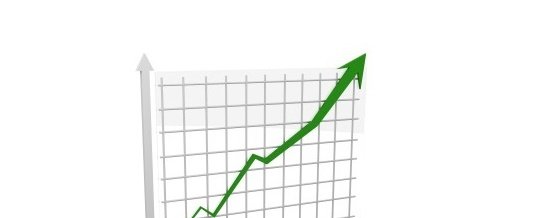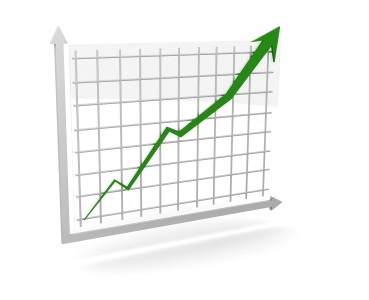
Thinner diapers with new Joa development
While growth in output in the EU outperformed Greater Europe overall, some countries demonstrated impressive development.

4th April 2017
Innovation in Textiles
|
Geneva
 EDANA, the leading global association serving the nonwovens and related industries, has disclosed its preliminary 2016 annual statistics, on the opening day of INDEX17, the largest meeting place for the nonwovens supply chain and their customers.
EDANA, the leading global association serving the nonwovens and related industries, has disclosed its preliminary 2016 annual statistics, on the opening day of INDEX17, the largest meeting place for the nonwovens supply chain and their customers.
Providing a comprehensive snapshot of the nonwovens industry across Greater Europe, the latest figures demonstrate both the industry’s momentum and durability. According to EDANA, the overall production of nonwovens in Europe grew by 2.5% in volume in 2016 to reach 2,378,700 tonnes despite an uncertain economic climate. While growth in output in the European Union outperformed Greater Europe overall, some countries demonstrated impressive development.
“Germany, Italy and Spain all witnessed growth, with Spain’s particularly impressive at 5%, while recent star performer Turkey remained stable, more than compensating for the minor decline recorded in some other European markets,” said Jacques Prigneaux, EDANA’s Market Analysis and Economic Affairs Director.
Divergent trends were also observed between the various production processes of nonwovens. The production of fibre-based materials drylaid and short-fibre airlaid technologies, for example, recorded an increase of 2.2% and 2.9% respectively, while wetlaid remained relatively stable.
Spunmelt nonwovens recorded a growth rate of 3.3%, reaching a production total of 1 million tonnes for the very first time. The highest growth rate was observed in material produced via the air-through bonding process, with a 13.1% increase.
Although the primary main end-use for nonwovens continues to be the hygiene market, with a 30.7% share of deliveries (by weight), significant growth areas for nonwovens were recorded in other sectors; agriculture and garments (both recording double digit growth), air filtration (+3.2%), construction (+4.5%) and food and beverage (+4.2%). Countering this, a minor decline of -1% was recorded in the automotive industry. Medical and personal care wipes sectors both remained stable with a very slight fall of 0.4%.
“For over 40 years, the annual EDANA statistics – the most comprehensive report of its kind – have proved an invaluable source of business intelligence for our member companies, offering unparalleled insight into the industry thanks to exhaustive research and direct input from producers,” commented Pierre Wiertz, General Manager of EDANA.
“EDANA’s leadership in nonwoven statistics gives us both an advantage and a responsibility to provide quality global industry data, and we are pleased to work with INDA in authoring and publishing the Worldwide Outlook 2014-2020, which provides current and forecast statistics, supplemented with data from ANFA (representing companies form China, Japan, Korea, and other Asian nations).”

Business intelligence for the fibre, textiles and apparel industries: technologies, innovations, markets, investments, trade policy, sourcing, strategy...
Find out more